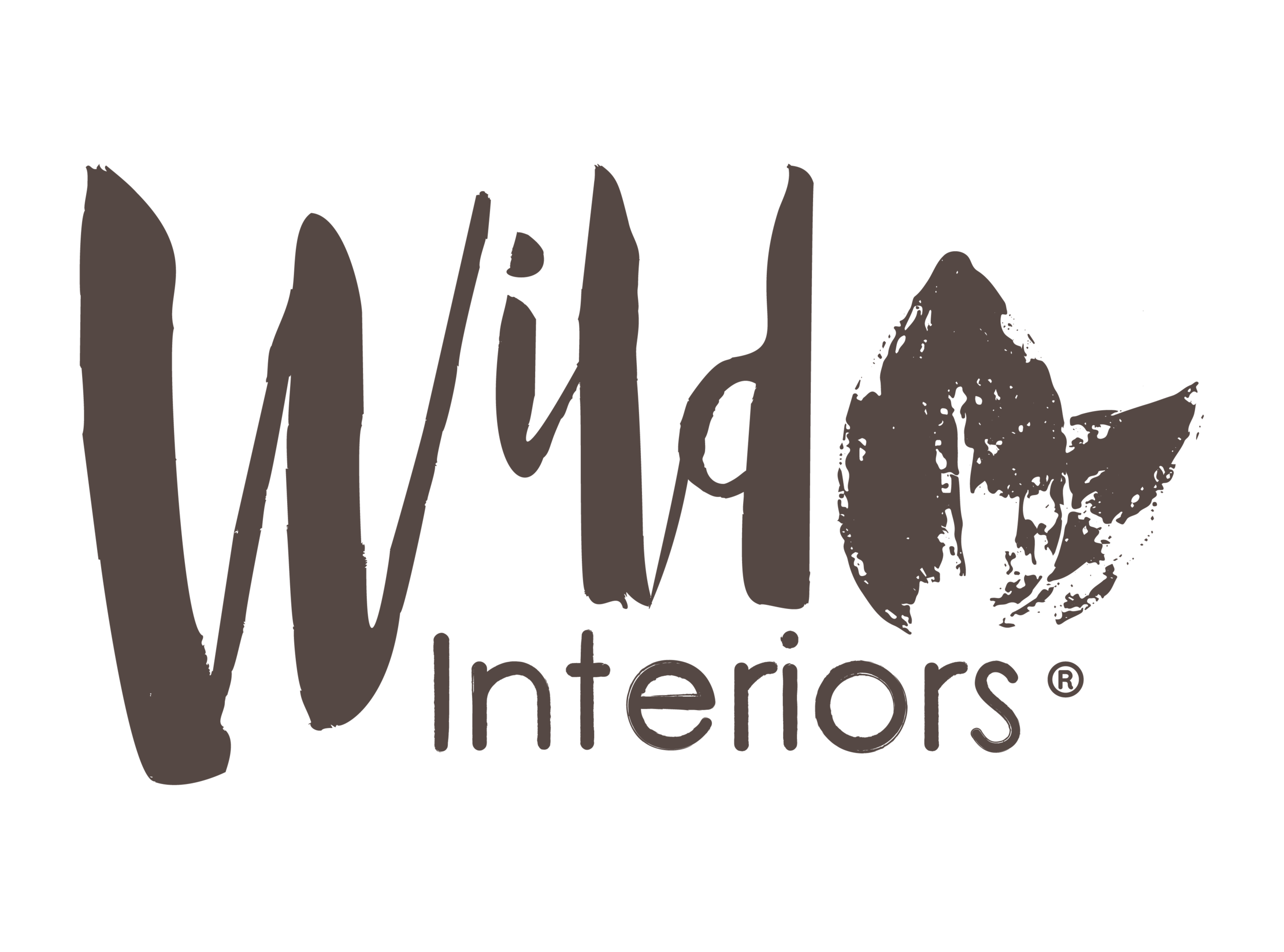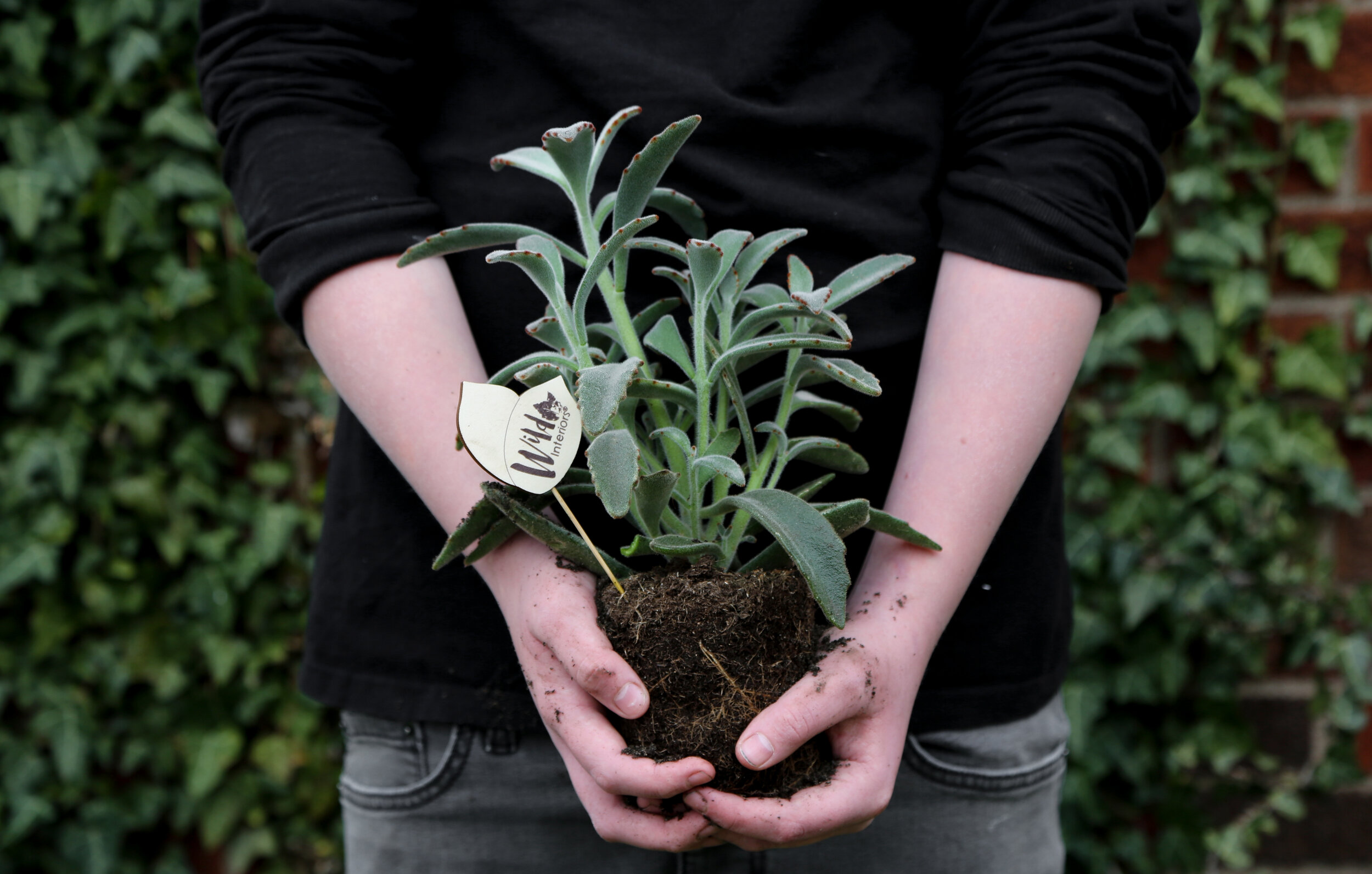Best Soil for Indoor Houseplants
Image description: A person in a black shirt holding a Kalanchoe Tomentosa (Panda Plant) succulent out of its pot with the soil showing.
Plants have different needs, just like us. It’s important to know what those needs are, such as the different desired amounts of water, light, and temperature each plant prefers. Another key factor in your plant’s health is knowing how to choose the best soil for your houseplant. But how can you choose when the garden center is full of so many potting soil options?
While it may seem easy to pick up the “all-purpose soil blend” from your favorite garden center, knowing exactly what type of soil your plant thrives in can make your plant, and you, happier in the long run.
We’re here to break down the different types of soil and what makes up a good potting mix for plants. You’ll be able to walk into your garden center with confidence knowing what the best soil blend is to buy (or create yourself) for your plant’s home.
Different Types of Soil
Cactus and Succulent Mix
This blend often starts with the main ingredient of peat moss (an organic matter found in many soil blends known for its absorbency and ability to release moisture as needed). Peat moss is hard to saturate and dries out quickly, preventing your succulents and cacti from being overwatered. This mix should also include a well-draining rocky substance, such as perlite or pumice. Sand is also a key ingredient in this mix. Sand, like perlite, prevents the soil from compacting and keeps the soil aerated.
What’s Perlite?
Perlite is the white Styrofoam looking material in a soil mix. It keeps little moisture and aids in proper drainage.
Potting Soil
Potting soil refers to blends that include actual dirt and are much denser than a potting mix. Potting soil is typically used for gardening or planting beds. Regular potting soil may also include other soil-less ingredients such as perlite, vermiculite, or sphagnum (peat) moss. While some potting soil mixes include these good indoor potting mediums, potting soil is much more likely to hold moisture, compact the root system, become waterlogged, and prevent the proper aeration that many houseplants need. No thanks. Leave this for your outdoor gardening and floral needs.
Potting Mix
Potting mix is designed for plants that live in containers or pots. Its fluffy and light texture maximizes aeration and drainage ability and keeps the “soil” from becoming too dense. The potting mix includes a variety of soil-less potting mediums such as perlite, vermiculite, peat moss, sand, wood fiber, and coconut fiber.
If you’re feeling adventurous, try creating your blend! We recommend using a mix of peat moss and coconut fiber. If you are potting a succulent or cactus, try adding sand or pumice to allow for proper drainage.
What Makes a Good Soil Potting Mix?
Soil pH is an important component of good soil. Soil pH is measured on a scale from 0 (most acidic) to 14 (most alkaline). If a plant’s pH is too acidic or too alkaline, it can hinder vital nutrients from being released to the plant. So, if you’re fertilizing your plant, but the pH level isn’t ideal, the plants may not be receiving any of its food.
Most houseplants thrive in the slightly acidic to neutral range (6.0 to 7.0). If you would like to check your soil pH, try using a soil test kit or soil pH meter. Regulating soil pH can be as simple as adding sulfur to the soil to lower pH or adding powdered limestone to increase pH.
A good indoor potting mix should be made up of peat moss and other soilless mediums (coconut/wood fiber, vermiculite, perlite, etc.). While these are vital to your plant’s health, it is important to give your plants nutrients, too. Just like us, plants need to eat! This can be done by fertilizing. To explore more about fertilizing houseplants, check out our blog on how to fertilize indoor plants.
Here at Wild Interiors, we use a potting mix of 70% peat moss and 30% hydrafiber (which is a fancy name for wood fiber).
Why is there no perlite in our mix?
We have gone away from using perlite at our greenhouse for several reasons. Some of these reasons include:
Environmental Impact: Perlite is a mined, non-renewable resource, and we focus on sustainability
Health Issues: Perlite creates dust clouds that can cause health problems for our greenhouse team
Cost: The price of Perlite is more costly than its replacement, hydrafiber
Performance: Hydrafiber performs well across a multitude of crops grown in our greenhouse
Although we have chosen to use hydrafiber as an alternative, finding perlite in a mix is not something to be alarmed about. Perlite still does well at aiding in proper drainage.
Importance of Soil Content and Drainage
Image description: Two mini succulents and a ZZ Plant, out of their pots showing extensive root systems within the soil.
Potting mix content is extremely important to your houseplant’s happiness. Although taking care of your plant’s foliage may seem more appealing at times, looking after the root system of your plant is just as important.
The soil is what protects and supports the root system. The best rooting conditions include plenty of space for roots to stretch out and strengthen along with proper drainage opportunities. Different soil blends and potting mixes drain and dry out faster than others, so it’s good to know what works best for your plants.
Well-draining and aerated soil is crucial for your plant’s survival. Substances such as coconut fiber, wood fiber, perlite, sand, etc. help keep the soil from becoming waterlogged, which is especially important if you tend to over-love your plants.
If soil becomes soggy, it can create an environment that induces root rot. Overwatered plants will wilt and have soupy soil and may also have yellow leaves. When the soil becomes this wet and dense, it doesn’t allow the plant’s roots to breathe properly. But balance is important because underwatering can hurt your plant too! If your soil is dry, it can cause your plant to wilt and ultimately slow its growth. An underwatered plant displays crusty soil and crispy leaves.
Although those situations might sound scary, there are signs to look out for and ways to help your plant bounce back. Take a closer look at how to spot and treat root rot in houseplants.
Plant Watering Tips
Each plant has its own watering preferences. The frequency of watering depends on the plant’s size, the amount of light it receives, room temperature/humidity, and its rate of growth. Most foliage plants and our signature collection plants enjoy 1-2” of damp soil. If your plant’s soil feels dry or lighter than usual, then it is probably time to rewater.
Succulents prefer to have a good soak and then completely dry out until the next watering. We recommend bottom watering your succulents. This allows the roots to soak up the water from the bottom saucer which, in turn, promotes stronger root growth and prevents overwatering. To understand the tricks to bottom watering, take a look at our blog on how to water succulents for stronger roots.
The Root of It
Plants, like us, have their preferences and needs. The potting mix that you choose for your plant’s home has a huge impact on its overall health and happiness. When picking or making a potting mix, look for a combination of soilless mediums such as peat moss, coir (coconut) fiber, wood fiber, vermiculite, perlite, and/or sand.
Houseplants need to have room in their soil for root growth, aeration, and proper drainage. If a soil mix has actual dirt from the outside, there is a great chance that your indoor plant won’t respond well to it. Plants also need a balanced pH and regular nutrients to keep them growing and thriving. With all the combined measures, your plants will thank you for keeping their home healthy.


